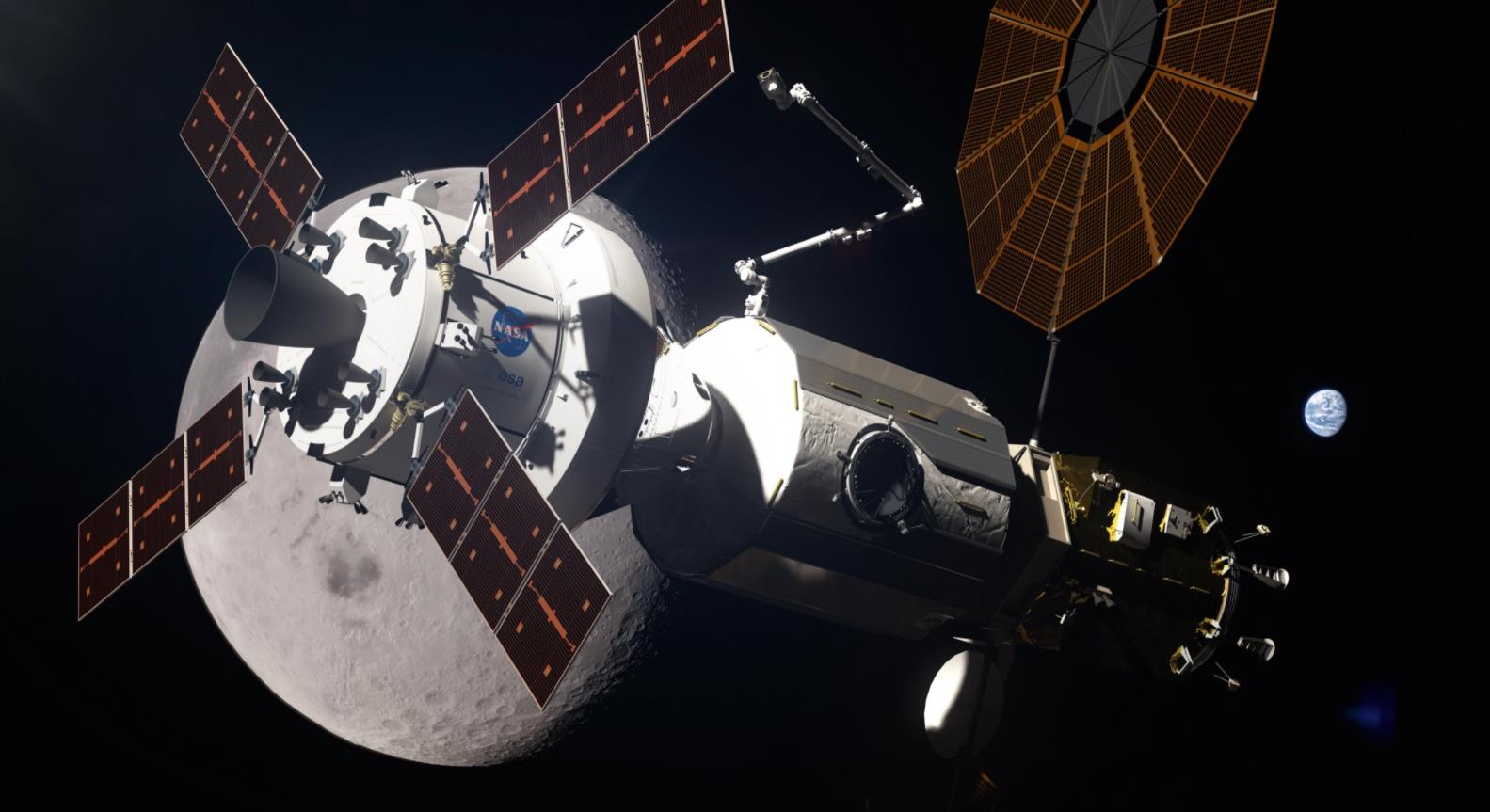LOS ANGELES, June 24 (Xinhua) -- The U.S. National Aeronautics and Space Administration (NASA) released a draft solicitation through a Broad Agency Announcement (BAA) this week, seeking partnership for the first element of the Gateway, which will become the orbital outpost for robotic and human exploration operations in deep space.
As part of the agency's Exploration Campaign, Gateway will support exploration on and near the Moon, and beyond, including Mars. The draft BAA is the first call from NASA to U.S. industry to acquire an element for the Gateway.
The U.S. space agency is seeking a high-power, 50-kW solar electric propulsion (SEP) spacecraft to maintain the Gateway's position as well as move it between lunar orbits as needed. It will also provide power to the rest of the Gateway, controls and communications.
"The power and propulsion element will be an anchor for Lunar exploration," James Reuter, Acting Associate Administrator for NASA Space Technology Mission Directorate (STMD), told Xinhua last month.
The power and propulsion element is also expected to enable high-rate, reliable communications between Earth and deep space, which will be important during deep space spacewalks, human exploration of the lunar surface, and more, said NASA.
Gateway assembly is targeted to begin in 2022, with the launch of the power and propulsion element on a partner-provided commercial rocket.
Following this test lasting up to one-year in space after launch, the space agency will have the option to acquire the spacecraft for use as the first element of the Gateway in lunar orbit.
"We believe partnering with U.S. industry for the power and propulsion element will stimulate advancements in commercial use of solar electric propulsion and also serve NASA exploration objectives," Michele Gates, director, Power and Propulsion Element at NASA, said in a statement. "Our goal here is to gain input from industry on the draft solicitation to enable release of the final later this summer."
NASA is returning to the Moon with commercial and international partners as part of an overall agency Exploration Campaign in support of Space Policy Directive 1.
Most recently, the agency issued a Request for Information to better understand how U.S. industry would use or enhance the Gateway to support a growing space economy.
In addition to the draft BAA, NASA will host an industry day on July 10 prior to issuing the final BAA. Through this upcoming solicitation, industry will be asked to participate in a public/private partnership, which includes a flight demonstration of the power and propulsion spacecraft.
Last December, U.S. President Donald Trump signed his administration's first space policy directive, formally directing the U.S. space agency NASA to send astronauts back to the moon and eventually Mars.
The Space Policy Directive 1, as it's called, was based on recommendations of the National Space Council, which Trump directed to reestablish last June to advise and help implement his space policy with exploration as a national priority.
The council was first created in 1989 during the administration of President George HW Bush but later disbanded in 1993 under President Bill Clinton.
It marked a return to the vision of President George W. Bush, whose Constellation program aimed to return astronauts to the moon by 2020 and then go on to Mars.





